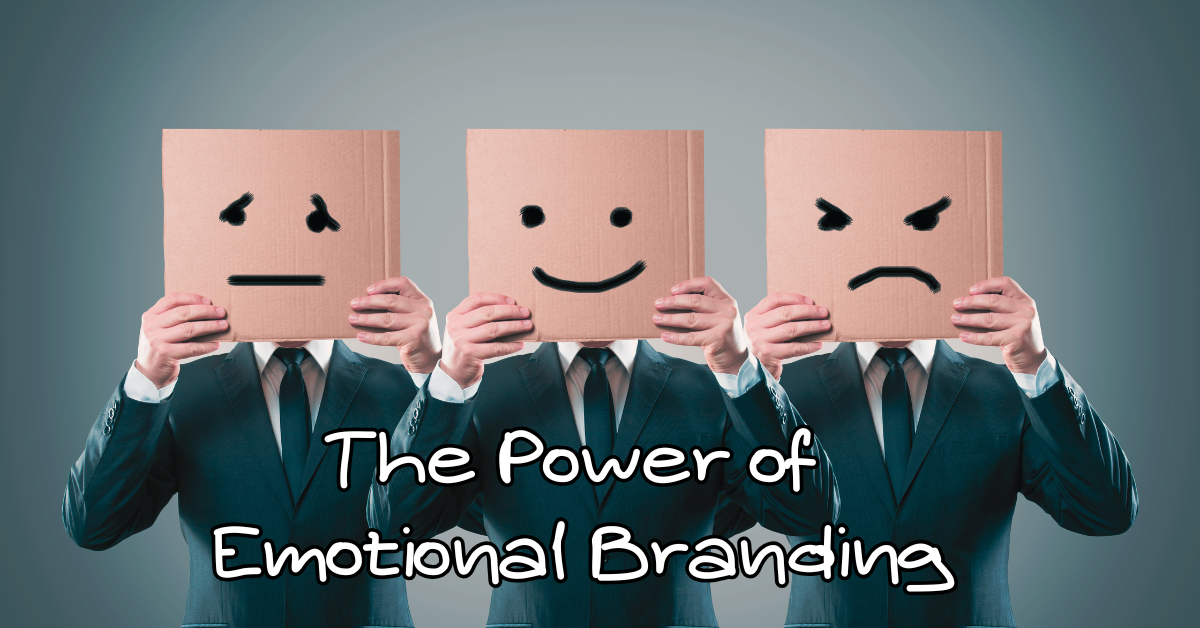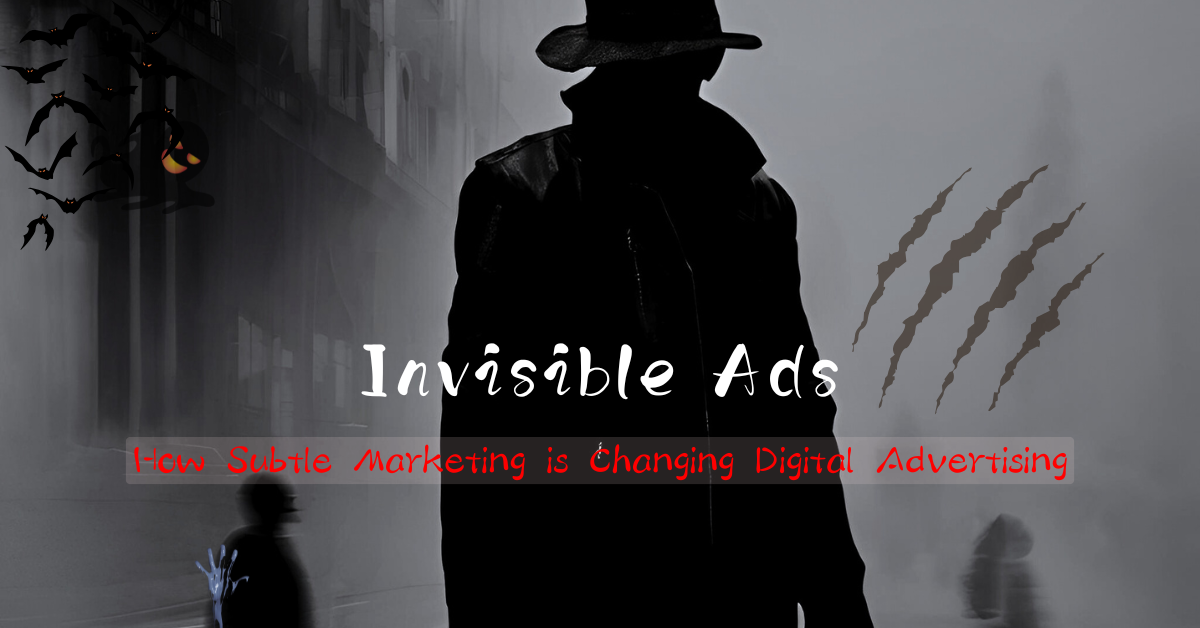The Power of Emotional Branding: How to Connect with Your Audience on a Deeper Level
In today’s fast-paced, highly competitive market, brands are no longer just selling products or services—they’re selling experiences, values, and emotions. Emotional branding is the secret sauce that transforms casual customers into loyal advocates. But what exactly is emotional branding, and how can your business harness its power to create lasting connections with your audience?
In this blog, we’ll explore the psychology behind emotional branding, share real-world examples, and provide actionable tips to help you build a brand that resonates deeply with your audience.
What is Emotional Branding?
Emotional branding is a marketing strategy that focuses on creating a strong emotional connection between a brand and its audience. It goes beyond the functional benefits of a product or service to tap into the feelings, values, and aspirations of consumers.
Think about brands like Nike, Apple, or Coca-Cola. They don’t just sell shoes, gadgets, or beverages—they sell inspiration, innovation, and happiness. These brands have mastered the art of emotional branding by aligning their messaging, visuals, and values with the emotions of their target audience.
The result? Loyal customers who don’t just buy their products but also advocate for their brand.
Why Emotions Drive Consumer Behavior
Humans are emotional beings. Studies show that emotions play a significant role in decision-making, often overriding logic and reason. According to a Harvard Business School study, emotionally connected customers are:
- 50% more valuable than highly satisfied customers.
- Twice as likely to recommend a brand to others.
- More loyal, even in the face of price increases.
When a brand evokes positive emotions like joy, trust, or nostalgia, it creates a memorable experience that sticks with the consumer. This emotional connection fosters loyalty, trust, and a sense of belonging, which are critical for long-term success.
How to Build an Emotional Brand
Building an emotional brand requires a deep understanding of your audience and a commitment to authenticity. Here are some strategies to help you get started:
1. Tell a Compelling Story
Storytelling is one of the most powerful tools in emotional branding. A well-crafted story can evoke emotions, create relatability, and humanize your brand.
For example, Dove’s “Real Beauty” campaign tells stories of real women, celebrating their imperfections and challenging societal beauty standards. This narrative resonates deeply with their audience, creating a sense of empowerment and trust.
Actionable Tip: Identify your brand’s core values and craft a story that reflects them. Use storytelling in your website copy, social media posts, and advertisements to connect with your audience on a personal level.
2. Align with Customer Values
Today’s consumers want to support brands that align with their values. Whether it’s sustainability, inclusivity, or social responsibility, your brand’s mission should reflect what matters to your audience.
Patagonia, for instance, has built its brand around environmental activism. Their commitment to sustainability resonates with eco-conscious consumers, creating a strong emotional bond.
Actionable Tip: Conduct surveys or social listening to understand your audience’s values. Align your brand’s mission and messaging with these values to create a deeper connection.
3. Create Memorable Experiences
Emotional branding isn’t just about what you say—it’s about what you do. Every interaction a customer has with your brand should evoke positive emotions.
For example, Disney is a master of creating magical experiences. From their theme parks to their customer service, every touchpoint is designed to make customers feel special and valued.
Actionable Tip: Focus on delivering exceptional customer experiences. Whether it’s through personalized emails, thoughtful packaging, or responsive support, make every interaction count.
4. Use Visuals and Messaging to Evoke Emotions
Visuals and messaging play a crucial role in emotional branding. Colors, fonts, and imagery can evoke specific emotions, while your tone of voice can make your brand feel relatable and human.
For instance, Coca-Cola’s use of vibrant red and heartwarming holiday campaigns evokes feelings of joy and togetherness.
Actionable Tip: Develop a consistent visual identity and tone of voice that aligns with the emotions you want to evoke. Use these elements across all your marketing channels to create a cohesive brand experience.
Case Studies of Emotional Branding Success
Let’s take a closer look at some brands that have successfully used emotional branding to build loyalty and drive growth.
1. Nike: Just Do It
Nike’s “Just Do It” campaign is a classic example of emotional branding. By focusing on empowerment, determination, and achievement, Nike inspires its audience to push their limits and chase their dreams.
2. Apple: Think Different
Apple’s “Think Different” campaign celebrated creativity and innovation, appealing to consumers who see themselves as visionaries and trailblazers. This emotional connection has helped Apple build a fiercely loyal customer base.
3. Airbnb: Belong Anywhere
Airbnb’s “Belong Anywhere” campaign taps into the universal desire for connection and belonging. By showcasing real stories of hosts and travelers, Airbnb creates an emotional bond with its audience.
Tips for Implementing Emotional Branding in Your Business
Ready to harness the power of emotional branding? Here are some practical tips to get started:
- Know Your Audience: Understand their pain points, desires, and values. Use this insight to craft messaging that resonates emotionally.
- Be Authentic: Avoid forced emotions and focus on genuine connections. Consumers can spot inauthenticity from a mile away.
- Measure Emotional Impact: Use surveys, social listening, and feedback to gauge how your audience feels about your brand.
Conclusion
Emotional branding isn’t just a marketing strategy—it’s a way to build meaningful, long-term relationships with your audience. By tapping into the power of emotions, your brand can create a lasting impression that goes beyond transactions and fosters true loyalty.
Start today by identifying the emotions you want to evoke and crafting a brand story that resonates deeply with your customers. Remember, the most successful brands don’t just sell products—they sell feelings.
What emotions does your brand evoke? Share your thoughts in the comments below, or reach out to us for help in crafting an emotional branding strategy that connects with your audience!
If you’re looking to dive deeper into the world of branding and marketing, consider enrolling in a Digital Marketing Institute in India to learn advanced strategies and techniques.
For more insights on building a strong brand, check out our blog on “How to Create a Brand Identity That Stands Out“






A compelling breakdown of how emotional branding shapes customer loyalty. The real-world examples and actionable tips make this a valuable read for anyone in Digital Marketing . Truly insightful!
Loved this post! Emotional branding is such a powerful way to build lasting connections with your audience. The examples you shared really brought the concept to life—it’s a great reminder that people connect with feelings, not just featuresOnline Digital Marketing Training Institute
Your SEO is Dying—Here’s Why:
Google isn’t the only game in town anymore—AI-powered search and voice assistants are taking over. If your site isn’t optimized, your traffic will vanish.
I’ve helped businesses recover lost rankings and future-proof their visibility. Let’s make sure you’re not left behind.
Shoot me an email at Admin@Marketer2025.com for a free consultation, or check out Marketer2025.com for details.